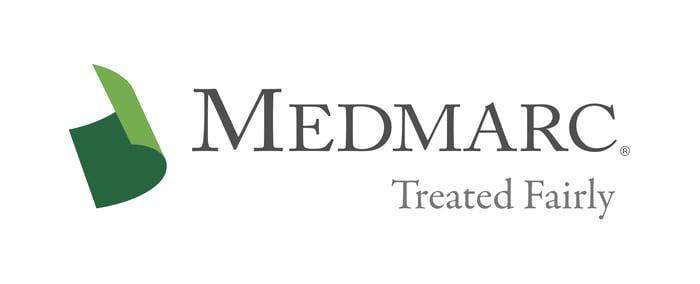Spoliation of Evidence
Upon becoming aware of a potential or actual lawsuit, the relevant parties have a responsibility to preserve any evidence potentially related to it. A party who purposely or negligently destroys, alters, or loses evidence opens itself up to a "spoliation of evidence" claim by the opposing party. This article focuses on the spoliation of evidence doctrine and the steps a company can take to protect itself against a spoliation of evidence claim.
The Doctrine of Spoliation of Evidence
The doctrine of spoliation of evidence allows the court to impose sanctions and remedies for the destruction, alteration, or loss of evidence in civil litigation. For a life science company, an example of spoiled evidence would be a medical device or component that is returned to the manufacturer by a health care provider following an alleged malfunction. Spoiled evidence can also include documents and electronically stored documents, such as emails and data tapes. The doctrine of spoliation of evidence is based on the premise that the party responsible for the loss of evidence pertinent to a lawsuit should be responsible for any unfair prejudice that results because of it.
A plaintiff who brings a spoliation claim against a manufacturer will attempt to show that the manufacturer knew of the lawsuit (or potential lawsuit), had an obligation to preserve and protect evidence relevant to that lawsuit, failed in that obligation either on purpose or through negligence, and the plaintiff's ability to prove his or her case was severely undermined as a result.
Potential Consequences to a Successful Claim
The successful prosecution of a spoliation claim can be detrimental to the opposing party in a lawsuit for the following reasons: first, the court may impose monetary sanctions upon the party responsible for spoiling the evidence; and second, the court may exclude the evidence altogether from the trial and instruct the jury that it can infer that the evidence would have been detrimental to the party who spoiled it.
Protecting Against A Spoliation Claim
In order to minimize the risk of a spoliation claim, manufacturers should have procedures that outline how to handle any evidence that is obtained. This system should ensure that employees know what to do with any evidence that comes into their possession.
Important evidence should be marked or tagged as such and should be secured in a safe or evidence cabinet. A record should be maintained of who has had possession of the evidence, including when and to whom it has been released and when it was returned to its place of safekeeping. This "chain of custody" document helps a company avoid allegations of tampering or misconduct that can compromise a company's legal defense position.
Another helpful risk management practice is to ensure that all employees receive notification of an actual or potential lawsuit and that this notice-otherwise known as a "litigation hold"-instructs them to refrain from losing, altering, or destroying potentially pertinent evidence. The subsequent preservation of this evidence should be coordinated through a designated person or department, such as the risk management or legal department.
Finally, a manufacturer should work closely with its defense counsel to ensure that counsel is informed of the steps taken to preserve evidence and the types of evidence found.
For additional resources contact the Marketing department
Phone: 888-633-6272
Medmarc is a member of ProAssurance Group, a family of specialty liability insurance companies. The product material is for informational purposes only. In the event any of the information presented conflicts with the terms and conditions of any policy of insurance offered from ProAssurance, its subsidiaries, and its affiliates, the terms and conditions of the actual policy will apply.
Copyright © 2024 - Medmarc
